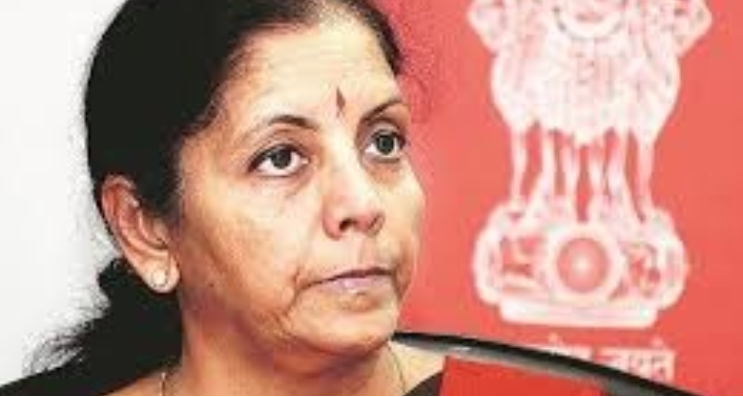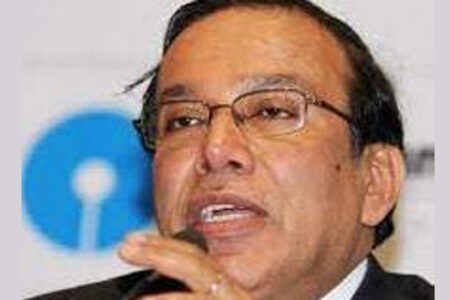To use a cliché, the three-day meeting of the Monetary Policy Committee (MPC) of the Reserve Bank of India (RBI), which ended on Friday, has taken baby steps for return to normalcy, without saying so.
As expected, the policy rates remain unchanged and the stance continues to be accommodative but a string of liquidity measures encourages one to believe the RBI has started preparing the market for unwinding its ultra-loose monetary policy. And, rightly so.
This is happening without rocking the boat. As RBI Governor Shaktikanta Das’s statement says, this process will be gradual, calibrated, and non-disruptive, while remaining supportive of the economic recovery.
In August, the RBI had doubled the size of the 14-day variable rate reverse repo (VRRR) auctions from Rs2 trillion to Rs4 trillion. The latest policy has raised the amount to Rs6 trillion in stages every fortnight till the first week of December, when the next MPC meeting is slated for. Depending on the evolving liquidity conditions, the RBI could consider complementing the 14-day VRRR auctions with 28-day VRRR auctions.
While VRRR auctions will drain excess liquidity from the system, the RBI has ended its secondary market G-Sec Acquisition Programme (G-SAP), an Indian version of quantitative easing. Between April and September, in the first half of the current financial year, through G-SAP and open market operations, the RBI had injected ~2.37 trillion against Rs3.1 trillion last financial year.
The market is not surprised at such liquidity-draining measures as the daily excess average liquidity in the system in September was ~9 trillion against Rs7 trillion between June and August. In the first week of October (till October 6), it rose to Rs9.5 trillion and the potential liquidity overhang in the system is at least Rs13 trillion.
The 3.99 per cent cut-off rate at the first 14-day Rs4-trillion VRRR auction held on Friday gives us a sense of how the short-term rates will move from now onwards. Earlier, on September 28, a Rs2-trillion seven-day VRRR auction had an identical cut-off rate. Many believed that was an aberration. But Friday’s cut-off rate at the VRRR auction kicks off a new regime. Indeed, the 3.35 per cent reverse repo rate will remain the floor for the overnight rates but the rates have bottomed out for short-term commercial paper and certificate of deposit rates.
At the press conference, RBI Deputy Governor and MPC member Michael Patra said the fixed rate reverse repo is a “passive” instrument while VRRR auction will lead to “price discovery”; the market will use its discretion in fixing interest rates.
When will the RBI hike the reverse repo rate? It will depend on global prices of commodities and oil and the outcome of the US Federal Reserve’s November meeting. Earliest it could happen in December and latest in February 2022. That will be a formality as by then the reverse repo rate will be irrelevant. A higher VRRR will shrink the gap between the repo and reverse repo, the so-called liquidity adjustment facility or LAF corridor. This is Das’s way of preparing the market for the rate hike.
For now, the central bank is committed to continuing with the current rates and an accommodative stance “as long as necessary to revive and sustain growth on a durable basis” while ensuring that inflation remains within the target.
Even though core inflation remains sticky, the RBI sees retail inflation cooling on the basis of moderate food inflation and a favourable base effect in the coming months. It has pared its inflation projection for the year from 5.7 per cent to 5.3 per cent “with risks broadly balanced”. This is giving the RBI the time to calibrate its actions.
On growth, the central bank is sounding more bullish than before. Recovery in aggregate demand is gathering pace both in urban and rural India. The services sector too is looking up and improvement in government capex in an easy money regime could kick-start the virtuous investment cycle. Taking these into consideration, the RBI has kept the projection for real GDP growth unchanged at 9.5 per cent for the year.
This is Das’s 12th policy statement since the onset of the pandemic. Of these, two have been outside the MPC cycle — one in April 2020 at the outbreak of the Covid-19 and the other in May 2021 at the peak of the second wave. On two occasions — March and May 2020 — the MPC meeting was advanced. The RBI has taken at least 100 measures since April 2020.
One set of these measures flooded the market with liquidity. Another interesting tool used by the RBI was a cut in the reverse repo rate outside an MPC meeting. Unwinding liquidity is in full steam now. Next the reverse repo rate will rise. That will not surprise the markets because the glide path is being charted out.



